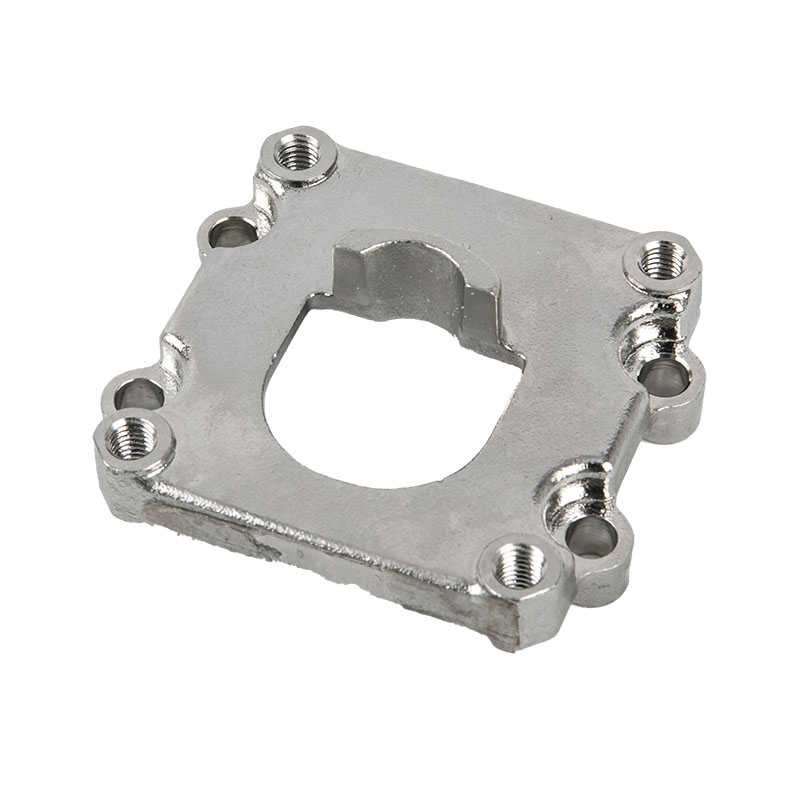
- English
- Español
- Português
- русский
- Français
- 日本語
- Deutsch
- tiếng Việt
- Italiano
- Nederlands
- ภาษาไทย
- Polski
- 한국어
- Svenska
- magyar
- Malay
- বাংলা ভাষার
- Dansk
- Suomi
- हिन्दी
- Pilipino
- Türkçe
- Gaeilge
- العربية
- Indonesia
- Norsk
- تمل
- český
- ελληνικά
- український
- Javanese
- فارسی
- தமிழ்
- తెలుగు
- नेपाली
- Burmese
- български
- ລາວ
- Latine
- Қазақша
- Euskal
- Azərbaycan
- Slovenský jazyk
- Македонски
- Lietuvos
- Eesti Keel
- Română
- Slovenski
- मराठी
- Srpski језик
Do you know the advantages and applications of silica sol?
2025-10-14
Silica sol, also known as silicate sol or silica hydrosol, is an inorganic silicon material with a wide range of applications.

Core Advantages of Silica Sol
Long-Term Stability System
1. Three-Dimensional Anti-Aging Mechanism
Silica sol forms a three-dimensional network structure through surface silanol condensation, effectively blocking UV rays (UVB absorption >85%) and environmental penetration. 12 Jiyida uses surface modification technology to increase the hydroxyl density to 8.2 OH/nm², enabling the coating to withstand corrosion for over 3,000 hours in salt spray testing, a 40% improvement over conventional products.
Thermodynamic Compatibility
The coefficient of thermal expansion (CTE) of nano-sized silica particles (D50 = 20 nm) is highly compatible with the metal substrate. In aircraft engine coating applications, they can withstand temperatures ranging from -50°C to 650°C, avoiding thermal stress cracking. II. Structural Strengthening Properties
1. Nano-Reinforcement Effect
Measured data in the precision casting industry show that the flexural strength of a mold shell containing 15% silica sol reaches 7.2 MPa (compared to 4.5 MPa with conventional binders), while surface roughness is reduced to Ra 1.2 μm. A turbine blade manufacturer reduced the porosity of its castings from 0.8% to 0.3% after using Jiyida's high-purity silica sol.
2. Rheological Control Capability
In the papermaking industry, by manipulating the silica sol particle size (20-100 nm) and solids content (20-50%), the dynamic coefficient of friction of paper can be precisely controlled to 0.6-1.0, while maintaining a fiber bond strength greater than 2.5 kN/m.
Interface Functionality Optimization
1. Anti-slip System Construction
Silica sol creates a nanoscale concave-convex structure (roughness Ra = 0.8-1.5μm) on the paper surface, securing fibers through hydrogen bonding, thereby increasing the peel strength between corrugated cardboard layers by 30%13. Jiyida's cationic product maintains a zeta potential > +35mV within a pH range of 4-9, significantly improving anti-slip durability.
2. Porous Media Compatibility
Its fractal dimension (Df = 2.3-2.7) enables it to penetrate interfiber gaps (<100nm) and fill pores in casting molds (pore diameter 0.1-1μm). In the battery industry, it forms a 3D gel network, increasing ion mobility to 0.85S/cm.
Cross-Industry Application Expansion
1. Environmentally Friendly Process Innovation
Replacing 30% of organic resin can reduce coating VOC emissions to below 50g/L (GB/T 38597-2020 limit of 80g/L) and reduce curing energy consumption by 40%. 26 Jiyida's photovoltaic backsheet coating solution has passed the IEC61215 damp heat aging test (power degradation <2% after 1000h). 2. Smart Material Development
Cut-edge research has combined silica sol with magnetic nanoparticles (Fe₃O₄@SiO₂) to create a magnetically responsive smart coating with a coercivity of 120 kA/m, which can be used in self-healing anti-corrosion systems. 24
Production process of silica sol
| Step Number | Step Name | Step Description |
|---|---|---|
| 1 | Original Mold Fabrication | Create a wax or other meltable original mold based on the geometry of the part to be cast. |
| 2 | Shell Fabrication | Dip the original mold into silicon sol and then coat it with refractory materials (such as silica sand, zirconium silicate, etc.), and dry it to form a shell. |
| 3 | Wax Melting Out | Heat the shell to a suitable temperature to melt the original wax mold, ensuring it completely drains from the shell without destroying its structure. |
| 4 | Casting | After the shell cools, pour molten metal into it and let it solidify, managing the uniformity of metal distribution and cooling rate within the shell. |
| 5 | Post-processing | Remove the shell and perform necessary post-processing steps, such as trimming, grinding, and polishing, to achieve the required surface quality and dimensional accuracy. |
Applications
Coatings
Silica sol can be used as a base material for coatings, improving their weather resistance, abrasion resistance, and adhesion. It is used in architectural and industrial coatings.
Foundry Industry
It is also used as a binder in molds, giving the mold shell greater strength and high-temperature resistance, and is commonly used in precision casting.
Catalyst Support
It has a large specific surface area and good adsorption properties, and can be used as a catalyst support and is widely used in the field of chemical catalysis.
Other Industries
It can also be used in the papermaking, textile, ceramic, and electronics industries, such as as a retention agent in papermaking and a finishing agent in textiles.



